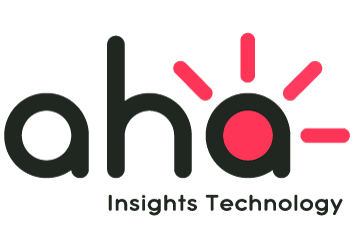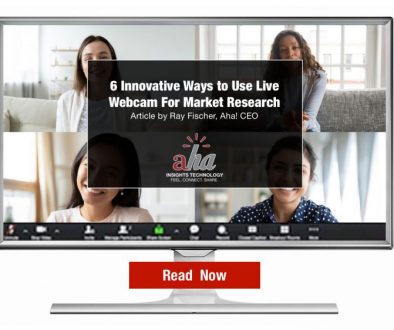How to Merge Traditional and Digital Market Qual Research Methods for Better Insights
I always read market research trend reports with great anticipation to see what is emerging in the new technology space. But I am also always curious about traditional methods and how they are evolving in today’s world of market research. This makes sense as I now run a qualitative insights technology company, but came from the analog world where I was a face-to-face focus group moderator for many years. Combined, I believe these two methodologies can work together in a complimentary fashion to produce better insights.
The original inspiration to launch a qual platform was to take advantage of the internet and emerging technologies to mine deeper, richer insights from respondents. But I would be disingenuous if I did not also share that my partners and I were concerned that face-to-face, aka focus groups and IDIs, could eventually go away as web-based methods were highly promising in changing the insights industry. With the advent of mobile technology, faster download/upload speeds, and a more digitally connected society, it appeared that online techniques would quickly surpass traditional methodologies.
Well, 15 years later face-to-face is still alive and kicking and the two methodologies co-exist nicely—in fact they are frequently combined in mixed method approaches to improve the depth and quality of research studies.
There are 3 really creative approaches that I see deployed regularly that mix the old and new worlds to deliver more robust insights; sort of a “whole is greater than the sum of the parts” synergy.
- Digital Ethnography followed by a Telephone In-Depth (or webcam). This can be done a few different ways with budget ultimately driving the scope. First, run the online initiative, let’s say 4 days in length with 40 respondents. At the conclusion of the online phase, select 6-12 of your very best participants and schedule a 30-minute “post interview” via phone or webcam. This approach will provide an excellent opportunity to fill in any information gaps from the online phase and deliver a deeper insights connection with people who are already immersed in the subject matter and primed to share more. This will provide more clarity about the responses and, if desired, take the discussion to another level. Of course, if you want to do more or less of the post-interviews, that is entirely up to you.
2. Online Homework preceding Focus Groups. This is a well-established multi-method approach. It is relatively inexpensive and can really put a charge into your focus groups. In this mixed method approach you create and launch an online exercise a few days before the scheduled groups. This homework exercise usually takes 30-minutes and can be focused on projective techniques such as collage or storytelling, or even a trip to a retail store. Social activities are fair game as well, an added benefit when respondents show up for their groups and they already “know” their fellow group members – no need for intros and you have some pre-loaded discussion material at the ready. For a modest incentive increase, you get even more from your respondents and bring greater value to your clients.
3. Pre-IDI – Online Study – Post-IDI. There is a third approach that I was recently exposed to, where the insights consultant does a 30-minute “pre-interview” with respondents, followed by a multi-day online ethnography, followed by another 30-minute debrief. The advantage here is the 30-minute pre-interview gets the respondent up-to-speed and primed for the online phase. It also acts a requalifier – if the respondent is a poor choice, they can be replaced prior to the ethno.
In summary, I have learned that it is not an either/or scenario when it comes to doing Online or Face-to-Face qualitative research; they have grown to be incredibly compatible and synergistic. Being forced to choose one or the other does not need to be the case, and if you have not tried these mixed-method approaches yet, do yourself and your clients a favor and give one or all of these approaches a whirl. Long live both methods!
If you want to talk more about how to mix traditional and digital methods, or simply chat about online qual projects you may be considering, feel free to reach out.





